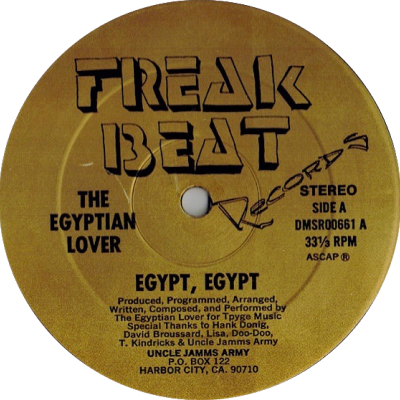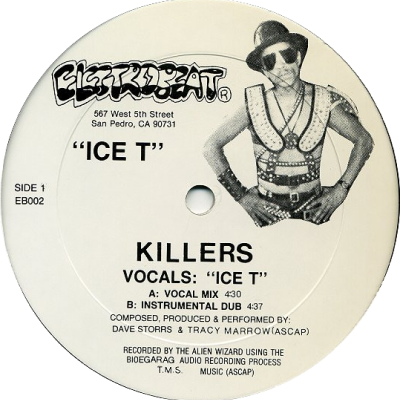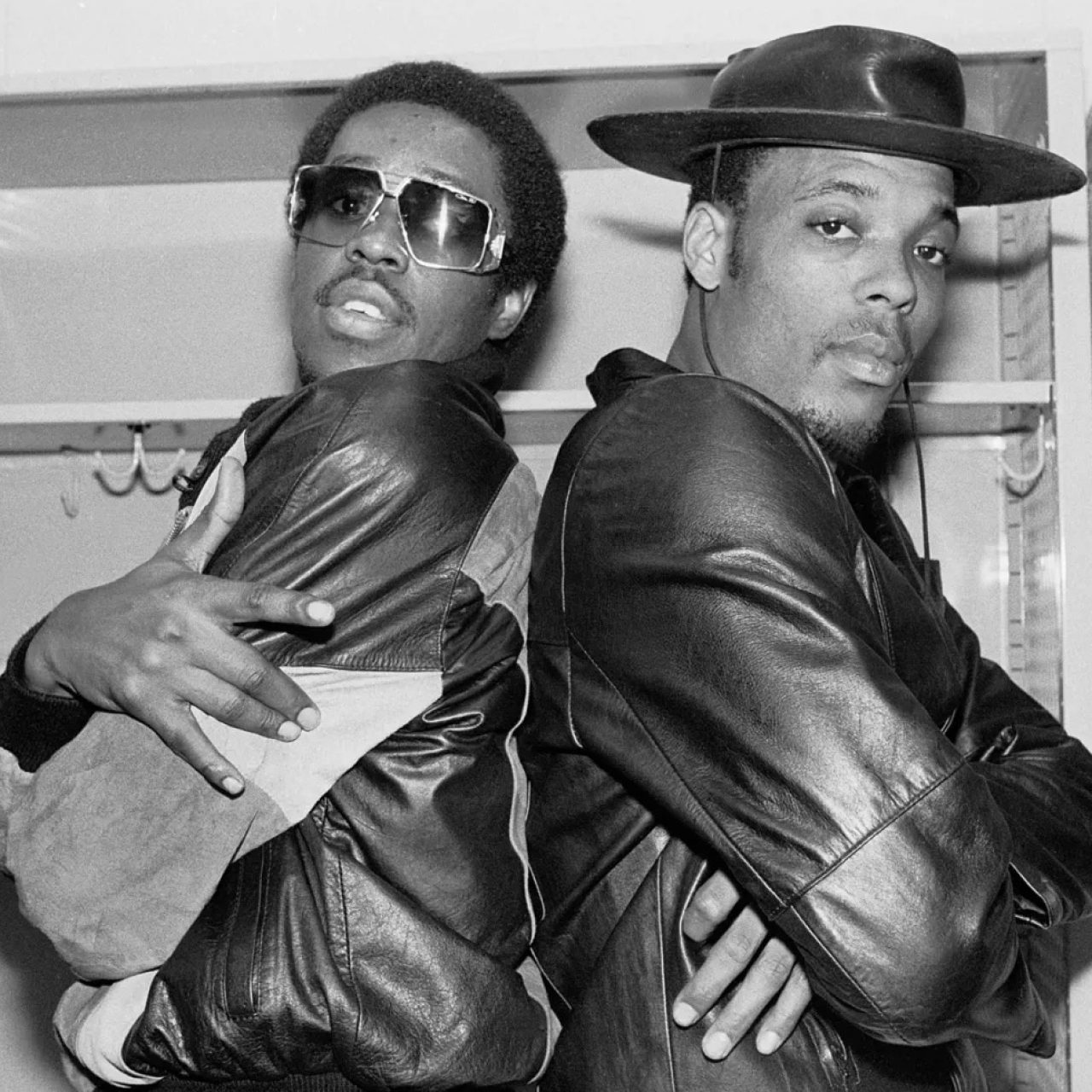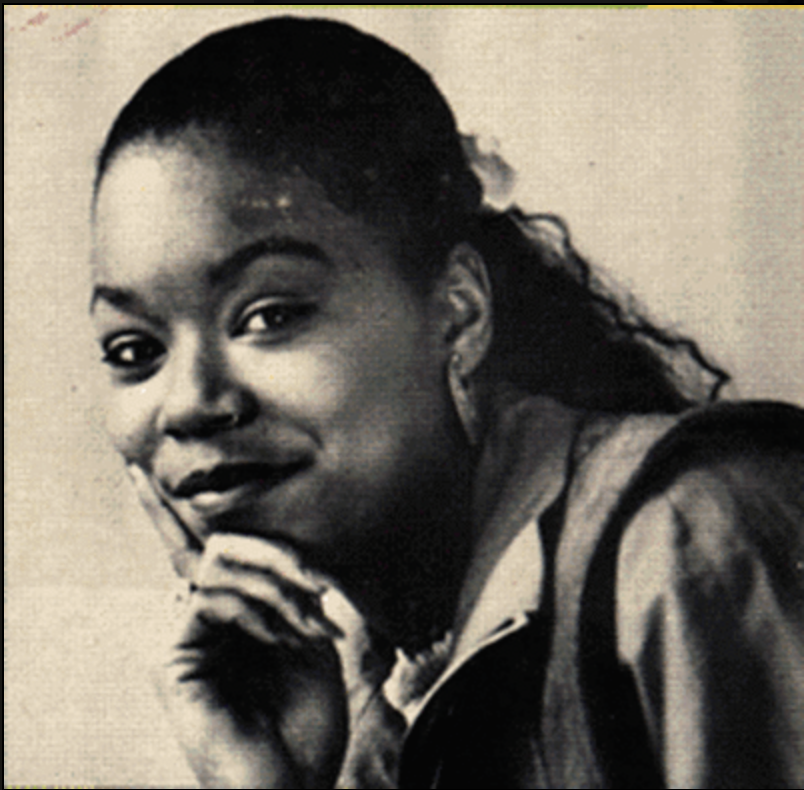In September of 1984, record executive Russell Simmons announced the Swatch Watch New York City Fresh Fest, a tour featuring several artists he managed: Run-DMC, Whodini, Kurtis Blow, Fat Boys, Newcleus and, on select dates, Dr. Jeckyll & Mr. Hyde, and T La Rock. “We’re developing real artists here,” Simmons told Billboard. “The industry has yet to realize that audiences are coming to hear the groups, not just the record.” By the end of the year, Fresh Fest was packing arenas across the country as he and his business partners raced to add more dates.

The Fresh Fest was an annual event until 1986 and minted the genre’s first true superstars in the process. Headliners Run-DMC, who released their debut album to critical acclaim and near-gold sales, became standard bearers for the hip-hop version of the Big 80s megalomania that overtook pop culture. While Michael Jackson, Prince, Bruce Springsteen, and Tina Turner dominated music video programs and People magazine with hard-rock flash; the Hollis, Queens trio offered “Rock Box,” where Run and DMC shouted over Larry Smith’s cold crush electro and Eddie Martinez’s blaring guitar. The video for “Rock Box” became the first rap clip to go into MTV’s regular rotation. It also leaned heavily on a goofy scene of Run, DMC, and Jam Master Jay cavorting with an adolescent white boy, a clumsy way to make three Black men seem less threatening to MTV’s white suburban audience.
While Run-DMC strained to achieve their crossover moment, Whodini scored a major electro hit in “Friends” b/w “Five Minutes of Funk,” both produced by Smith. It was their 12-inch, not “Rock Box,” that dominated Black radio stations through the fall of 1984 and early 1985. Whodini’s second album, Escape, would go gold and eventually platinum, becoming the definitive full-length document of the electro era.
Yet despite the success of the Fresh Fest stars, the music industry continued to believe that hip-hop was a fad. The perception was fueled by breakdancing’s growth into a mainstream phenomenon, inspiring instructional books, records, and Hollywood fare like Beat Street, Breakin’, and Breakin’ II: Electric Boogaloo. Newspapers published stories of children learning how to breakdance in schools. Teenagers battled each other in ad-hoc as well as professional competitions. It was a marvelous flowering of an urban dance culture nurtured by Black and Brown youth. It also seemed very much a trend likely to pass. “If rap dies before I make my money from it, I’m going to be very upset,” Kurtis Blow songwriter Robert “Rocky” Ford told the Wall Street Journal.
Still, the Breakin’ films, which were inspired by the 1983 documentary Breaking and Entering, served as proof of a blossoming L.A. electro scene. A small but growing cohort of acts emerged from the area, including Ice-T (who performed in the Breakin’ movies and hosted the Breaking and Entering documentary), Egyptian Lover, the Unknown DJ, the Rappers Rapp Disco collective, and the World Class Wreckin’ Cru. Save for Egyptian Lover’s “Egypt Egypt,” none of their 12-inches earned much notice outside of California.
And what about the Bronx OGs? Two years after his “Planet Rock” breakthrough, Afrika Bambaataa nurtured a reputation as a DJ, funk philosopher, and activist. He teamed with James Brown for a highly publicized collaboration, “Unity.” Despite good press reviews, the 12-inch proved a sales disappointment. He then paired with John Lydon from Public Image Ltd. for the noisy nukes protest “World Destruction,” a 12-inch that had more symbolic than aesthetic value.

The dissolution of Grandmaster Flash & the Furious Five was more complicated. In 1983, Sugar Hill matriarch Sylvia Robinson backed Melle Mel as the group’s leader, splitting it into two camps and prompting Flash to break his contract and sign a major-label deal with Elektra. Melle Mel renamed himself “Grandmaster Melle Mel,” then mounted an impressive run that included “Jesse,” a message of support for the Rev. Jesse Jackson’s failed presidential campaign; a prominent hook on Chaka Khan’s massive electro-funk hit “I Feel for You”; “Beat Street Breakdown,” the lead single from the Beat Street soundtrack that skirted the lower reaches of the Billboard Hot 100; and a new album, Grandmaster Melle Mel & the Furious Five.
Melle Mel scored four Billboard Black Singles chart hits in 1984, more than any other rap artist, including a top 10 hit in “Beat Street Breakdown.” If “I Feel for You” were released today, Khan’s Warner Bros. label would undoubtedly credit him as a featured artist since his voice is so prominent. Under those criteria, he would be the first rap artist to top the Black music charts. Yet then and now, Melle Mel’s trailblazing success has been unjustly overlooked. Some of that neglect may be karmic payback for the unseemly way he helped oust Flash and appropriate the “Grandmaster” name. He also had the misfortune of being associated with Sugar Hill Records, which was once the dominant brand in rap. Now, the New Jersey label was dogged by lawsuits and payola accusations, and withering under competition with rivals like Simmons, who formed Def Jam Records with budding producer Rick Rubin after hearing the latter’s work on T La Rock’s proto-bass 12-inch “It’s Yours.”
By late fall, East Coast audiences were going wild over Brooklyn breakdancing crew UTFO’s “Roxanne, Roxanne.” Then, in December of 1984, New York radio DJ Mr. Magic broadcasted a freestyle by a teenager, Roxanne Shanté, who dissed UTFO while rapping over their own Full Force-produced beat. Depending on which story you believe – and there have been many variations of this myth over the years – Mr. Magic recruited his on-air DJ and fledgling producer Marley Marl to make the song after UTFO stiffed him on a promotional appearance. Marl turned to Shanté, who lived in the same Queensbridge projects as him.
Meanwhile, Melle Mel took aim at Run-DMC and “Sucker MC’s” on “The Truth.” “I am you, but you ain’t me/’Cause you didn’t start rockin’ ‘til 83,” he rapped. “Melle Mel is the best that will ever exist/And if I’ve gotta be a sucker, suck on this!”
“Roxanne’s Revenge” and “The Truth” signaled the dawn of beef rap, a form of generating controversy for fun, attention, and profit. It also signified how the genre began to evolve in ways that rock critics, radio programmers, and even fans themselves struggled to keep up with.
The 60 Best Rap Singles of 1984

- Afrika Bambaataa & Soulsonic Force with Shango, “Frantic Situation” (Tommy Boy)
- Afrika Bambaataa & The Godfather of Soul James Brown, “Unity” (Tommy Boy)
- Arabian Prince, “Strange Life” (Rapsur Records)
- Awesome Foursome, “Funky Breakdown” (Partytime)
- Beastie Boys, “Rock Hard” / “Party’s Gettin’ Rough” (Def Jam Recordings)
- Cameo, “Room 123 (She’s Strange)” (Atlanta Artists)
- Captain Rock, “Cosmic Blast” (NIA)
- Chris “The Glove” Taylor and David Storrs, “Reckless” (Polydor)
- The Cold Crush Brothers, “Fresh, Wild, Fly and Bold” (Tuff City)
- Crash Crew, “We Are Known as Emcees (We Turn Party’s Out)” (Sugar Hill) (1984?)

- Daniel Sofer feat. Unknown DJ, 100 Speakers: “Rhythm Rock Rapp” (Saturn Records)
- Dark Star, “Planet Earth” / “Earth Rock” (Le Vic Records)
- Davy DMX, “One for the Treble (Fresh)” (Tuff City / CBS Associated Records)
- Disco 3, “Fat Boys” / “Human Beat Box” (Sutra)
- Divine Sounds, “What People Do for Money” (Specific Records)
- Divine Sounds, “Changes (We All Go Through)” / “Do or Die Bed Sty” (Specific Records)
- D.J. Chuck Chill Out, “Hip Hop on Wax — Volume 1” (Vintertainment)
- Dr. Jeckyll & Mr. Hyde, “Fast Life” / “A.M./P.M.” (Profile)
- Donald D., “Don’s Groove” (Elektra)
- Double Dee & Steinski, Mastermixes (self-released)

- Doug E Fresh with DJ’s Chill Will & Barry Bee, “Just Having Fun” (Sound Makers Records)
- Dougy Fresh, “The Original Human Beat Box” (Vintertainment)
- Dynamic Breakers, “Dynamic (Total Control)” (Sunnyview)
- The Egyptian Lover, “Egypt, Egypt” / “And My Beat Goes Boom” / “What Is a DJ If He Can’t Scratch?” (Freak Beat Records)
- Fat Boys, “Jail House Rap” (Sutra)
- Fresh 3 M.C.’s, “Fresh” (Profile)
- The Furious Five featuring Cowboy, Melle Mel & Scorpio, “Step Off” (Sugar Hill)
- Grandmaster Melle Mel, “Jesse” (Sugar Hill)
- Grandmaster Melle Mel and the Furious Five, “Beat Street Breakdown” (Atlantic)
- High Fidelity Three, “B Boys Breakdance” (Cutting Records)

- “Ice T,” “Killers” (Electrobeat)
- Imperial Brothers, “We Come to Rock” (Cutting Records)
- Knights of the Turntables, “Techno Scratch” (JDC)
- Kurtis Blow, “8 Million Stories” / “AJ Scratch” (Mercury)
- Kurtis Blow, “Basketball” (Polydor)
- L.L. Cool J, “I Need a Beat” (Def Jam Recordings)
- “Love Bug” Starski, “Starski Live at the Fever – Pt. II” (The Fever)
- M.C. Fosty and Lovin’ C, “Radio Activity Rapp” (Rappers Rapp Disco Co.)
- Man Parrish featuring Freeze Force, “Boogie Down (Bronx)” (Sugarscoop)
- Master O.C. and Krazy Eddie featuring Peso and Tito of the Fearless Four and Main Attraction, “Masters of the Scratch” (Next Plateau Records Inc.)

- Newcleus, “Jam on It” (Sunnyview)
- The Playgirls, “Our Picture of a Man” (Sutra)
- Pumpkin and the Profile All-Stars, “Here Comes That Beat!” (Profile)
- Rock Master Scott and The Dynamic Three, “Request Line” / “The Roof Is on Fire” (Reality Records)
- Roxanne Shanté, “Roxanne’s Revenge” (Pop Art Records)
- Run-D.M.C., “Rock Box” (Profile)
- Run-D.M.C., “Hollis Crew” (Profile)
- Schoolly D, “Gangster Boogie” (Cut Masters Records) (1984?)
- Spyder-D featuring D.J. Divine, “Placin’ the Beat” (Profile)
- T La Rock & Jazzy Jay, “It’s Yours” (Def Jam Recordings / Partytime)

- The Treacherous Three, “Santa’s Rap” (Sugar Hill)
- The 2 Live Crew, “2 Live” (Fresh Beat Records)
- Ultimate 3 MC’s, “What Are We Gonna Do” (Partytime)
- The Unknown D.J., “808 Beats (Eight Hundred and Eight Beats)” (Techno Hop Records)
- U.T.F.O., “Hanging Out” / “Roxanne, Roxanne” (Select Records)
- Whodini, “Friends” / “Five Minutes of Funk” (Jive)
- Whodini, “Freaks Come Out at Night” (Jive)
- The World’s Famous Supreme Team, “Hey D.J.” (Island)
- The Wreckin Cru featuring Yella, “Slice” (Kru’-Cut Records)
- The Wreckin’ Cru’ featuring Dr. Dre, “Surgery” (Kru’-Cut Records)
Whodini featured photo by Paul Natkin/Getty Images.
Run-DMC photo by Janette Beckman/Getty Images.
Melle Mel and Kami Kaze of the Furious Five screencap from Beat Street.
Vinyl images taken from Discogs.
This post has been updated.
Humthrush.com will always be free to read and enjoy. If you like my work, leave a tip at Ko-fi.com/humthrush.


